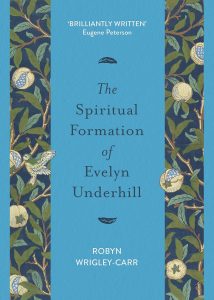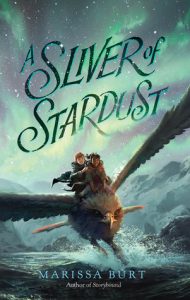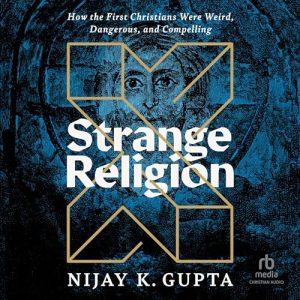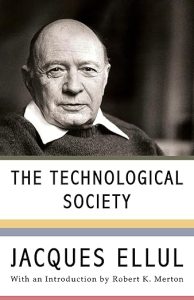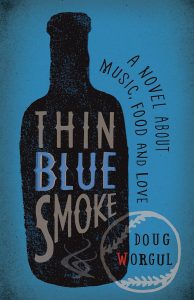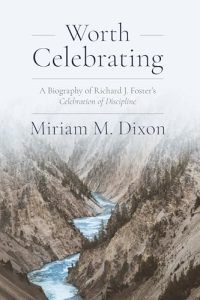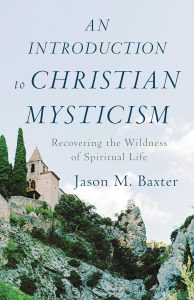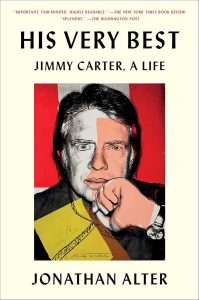 Summary: A comprehensive biography from an admiring, but critical author.
Summary: A comprehensive biography from an admiring, but critical author.
I picked up His Very Best on audiobook a few days before President Carter passed away. I had wanted to read one of the recent biographies for a while, and the sale price, and then his death moved it to the top of my list.
It is very clear that Jonathan Alter wanted to reassess Carter’s presidency and his place in history. Alter frames the book with Carter’s attempt to do his “very best.” The line is from a question that Carter was asked when he was applying to work with Hyman G. Rickover in the Navy’s nuclear program. Rickover asked Carter if he had done his best while at the Naval Academy. And Carter told him that he had not always done his best. But that question haunted Carter and much of his life, he did attempt to his best all the time.
Carter had the mind and personality of an engineer. He expected that when people were presented with the facts they would come to the same conclusions he did. One of Carter’s real strengths as the president was that he often thought about the long term in ways that many politicians do not. Carter was far from perfect, but many of the most important results of Carter’s legacy took years and in some cases decades, to start to be seen.
Carter was split. He is known for his ability to talk with people do the long term work to bring people together. But he also was known by Congress at the time as not particularly caring about their opinion and at times being outright offensive. The Panama Canal deal happened in large part because his people did cut deals and drew people into supporting a project that was important for the long term. He spent weeks meeting in small groups with not just congress, but with local and state officials who would provide cover for Congressional members who he needed to take a hard vote. But Carter’s health care plan, which he knew was of significant importance to Ted Kennedy, was announced without telling Kennedy or consulting him in its development. Carter often offended his own party even more than the GOP because Carter opposed local initiatives as unhelpful pork projects.
